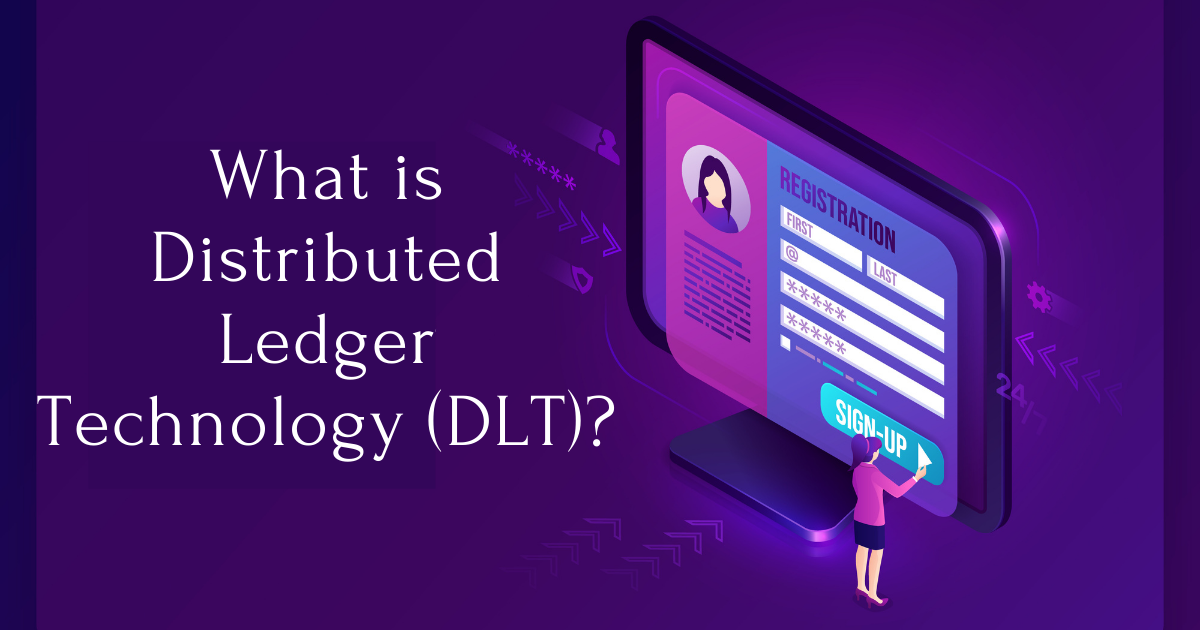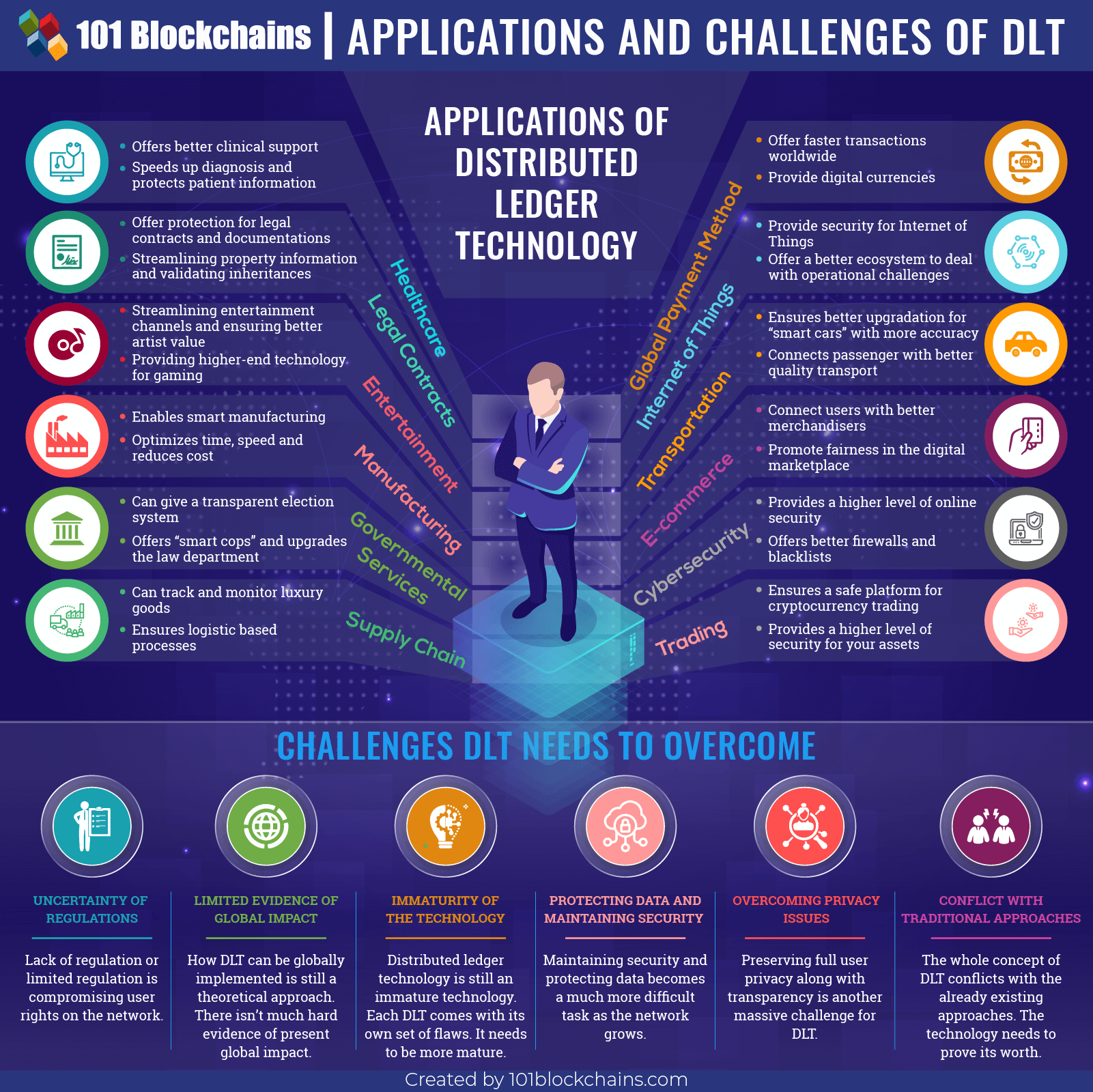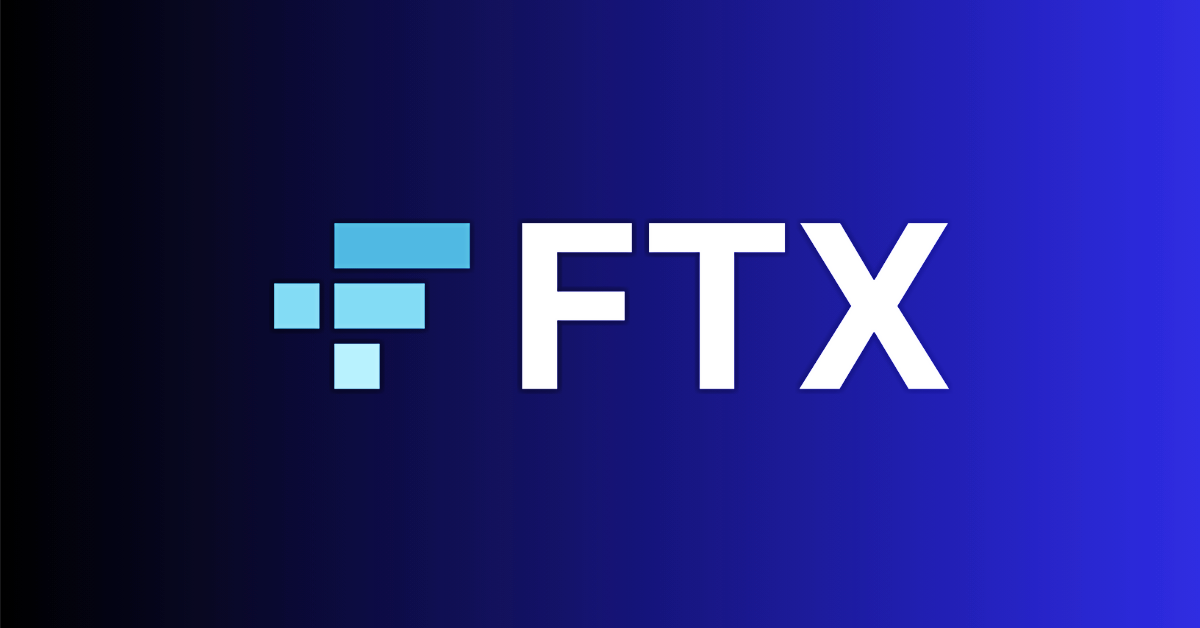
Distributed Ledger Technology (DLT): Revolutionizing the Way We Exchange Value
Distributed ledger technology (DLT) is a revolutionary concept that has been gaining traction in recent years. It has the potential to transform the way we exchange value, making transactions faster, more secure, and more efficient. In this article, we will delve into the world of DLT, exploring its key features, use cases, and potential impact on various industries.
Understanding Distributed Ledger Technology (DLT)

DLT is a decentralized digital database that records and stores information across a network of computers. This means that there is no central authority or intermediary controlling the data, making it resistant to tampering and fraud. The data is stored in a series of blocks, with each block containing a timestamp and a link to the previous block, creating a chain of blocks – hence the term "blockchain."
How Does DLT Work?
DLT works by using a consensus mechanism, where all parties involved in a transaction must agree on the validity of the transaction before it can be recorded on the ledger. This ensures that all transactions are verified and cannot be altered without the consensus of the entire network. This makes DLT highly secure and transparent, as all transactions are visible to all participants on the network.
Advantages of DLT
- Decentralization: DLT eliminates the need for intermediaries, such as banks or financial institutions, reducing costs and increasing efficiency.
- Transparency: All transactions on the ledger are visible to all participants, ensuring trust and accountability.
- Security: The use of cryptography and consensus mechanisms make DLT highly secure and resistant to fraud.
- Efficiency: DLT streamlines processes and reduces the time and cost associated with traditional methods of record-keeping and transactions.
- Immutability: Once a transaction is recorded on the ledger, it cannot be altered, providing an accurate and tamper-proof record of all transactions.
Use Cases of DLT

DLT has a wide range of use cases, with its potential impact being felt across various industries. Here are some examples of how DLT is being used in the real world:
Financial Services
The financial services industry has been one of the early adopters of DLT, with many banks and financial institutions exploring its potential. DLT can streamline processes such as cross-border payments, trade finance, and securities trading, making them faster, more secure, and less costly.
Supply Chain Management
DLT can be used to track and trace goods as they move through the supply chain, providing an accurate and transparent record of their journey. This can help reduce fraud, improve efficiency, and ensure compliance with regulations.
Healthcare
In the healthcare industry, DLT can be used to securely store and share patient data, ensuring privacy and accuracy. It can also help streamline processes such as insurance claims and drug supply chain management.
Government Services
Governments around the world are exploring the use of DLT for various services, such as voting systems, land registry, and identity management. DLT can provide a secure and transparent platform for these services, reducing the risk of fraud and increasing trust in government processes.
How to Use DLT

DLT can be used in various ways, depending on the specific needs of a business or industry. Some common ways to use DLT include:
- Creating digital currencies: DLT can be used to create digital currencies, such as Bitcoin and Ethereum, which operate on a decentralized network.
- Smart contracts: DLT can be used to create self-executing smart contracts, which can automate processes and reduce the need for intermediaries.
- Record-keeping: DLT can be used to securely store and manage records, such as medical records, legal documents, and property titles.
- Supply chain management: DLT can be used to track and trace goods as they move through the supply chain, providing an accurate and transparent record of their journey.
Examples of DLT in Action

DLT is already being used in various industries, with some notable examples including:
- IBM Food Trust: This platform uses DLT to track and trace food products from farm to table, ensuring transparency and reducing the risk of food fraud.
- Maersk and IBM TradeLens: This platform uses DLT to digitize global trade processes, making them more efficient and secure.
- Everledger: This platform uses DLT to track and verify the authenticity of diamonds, reducing the risk of fraud in the diamond industry.
Comparing DLT to Traditional Systems

DLT offers several advantages over traditional systems, such as:
- Decentralization: Unlike traditional systems that rely on a central authority, DLT is decentralized, making it more resilient and less prone to single points of failure.
- Transparency: Traditional systems often lack transparency, making it difficult to verify the accuracy of data. DLT, on the other hand, provides a transparent record of all transactions.
- Security: Traditional systems are vulnerable to cyber attacks and fraud, while DLT uses advanced cryptography and consensus mechanisms to ensure security.
- Efficiency: Traditional systems can be slow and costly, while DLT streamlines processes and reduces costs.
Tips for Implementing DLT
If you are considering implementing DLT in your business or industry, here are some tips to keep in mind:
- Understand your needs: Before implementing DLT, it is essential to understand your specific needs and how DLT can address them.
- Choose the right platform: There are various DLT platforms available, each with its own features and capabilities. Choose the one that best suits your needs.
- Collaborate with experts: Implementing DLT can be complex, so it is essential to collaborate with experts who have experience in this technology.
- Educate stakeholders: It is crucial to educate all stakeholders about DLT and its potential impact on their roles and responsibilities.
FAQs about DLT
What is the difference between DLT and blockchain?
DLT is a broader concept that encompasses various types of distributed ledgers, including blockchain. Blockchain is a specific type of DLT that uses a chain of blocks to store data.
Is DLT only used for financial transactions?
No, DLT has a wide range of use cases beyond financial transactions. It can be used for record-keeping, supply chain management, voting systems, and more.
How does DLT ensure security?
DLT uses advanced cryptography and consensus mechanisms to ensure security. All transactions must be verified by the network before they can be recorded on the ledger, making it difficult for anyone to tamper with the data.
Can DLT be used in small businesses?
Yes, DLT can be used in businesses of all sizes. There are various DLT platforms available, some of which are specifically designed for small businesses.
What are the potential risks of using DLT?
Some potential risks of using DLT include regulatory uncertainty, scalability issues, and the need for specialized skills and expertise.
Conclusion
DLT has the potential to revolutionize the way we exchange value, making transactions faster, more secure, and more efficient. Its impact is already being felt across various industries, and as the technology continues to evolve, we can expect to see even more use cases emerge. By understanding how DLT works, its advantages, and how to implement it effectively, businesses and industries can harness its potential and stay ahead of the curve in this rapidly evolving digital landscape.



















